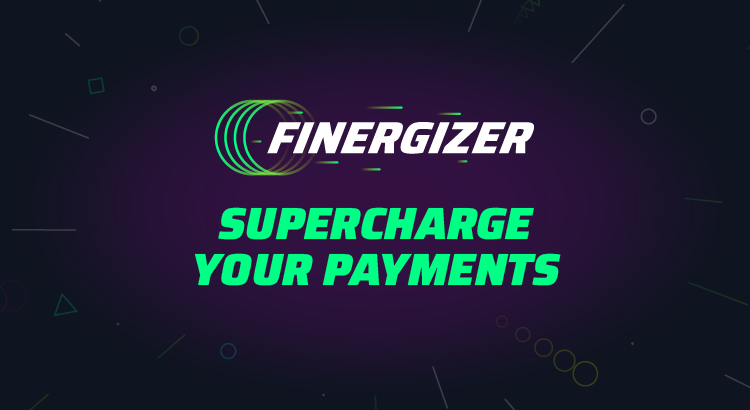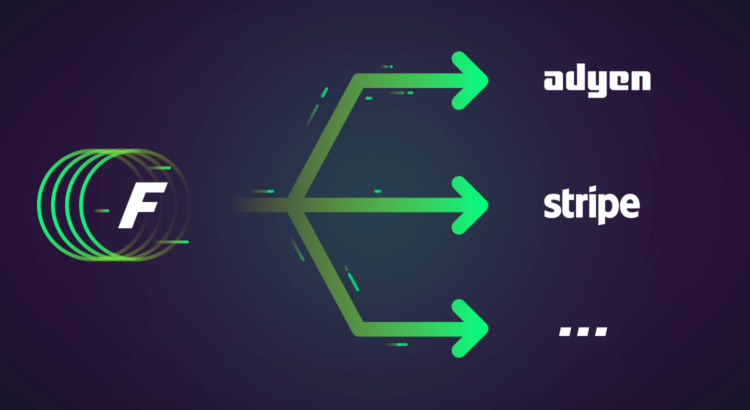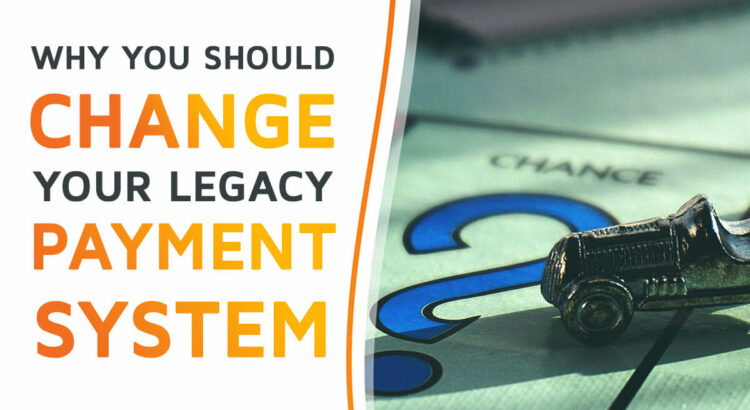Power on, it’s alive! We are excited to announce the launch of our brand-new payment orchestration platform: Finergizer. It’s a modular set of elements that allows enterprises to run their online payment landscape and scale their payment capabilities rapidly.
But Finergizer is not just any payment orchestrator: It’s here to empower your business.
As an on-premise solution, Finergizer allows you to enact full control over your customers’ payment data, and also over the operations and security measures of your payment system. Finergizer provides the jolt of energy your unique business needs to process and manage transactions – domestic and cross-border.
So, read on and get the full rundown of Finergizer and how it will make payment orchestration a breeze for your business.
Read More

